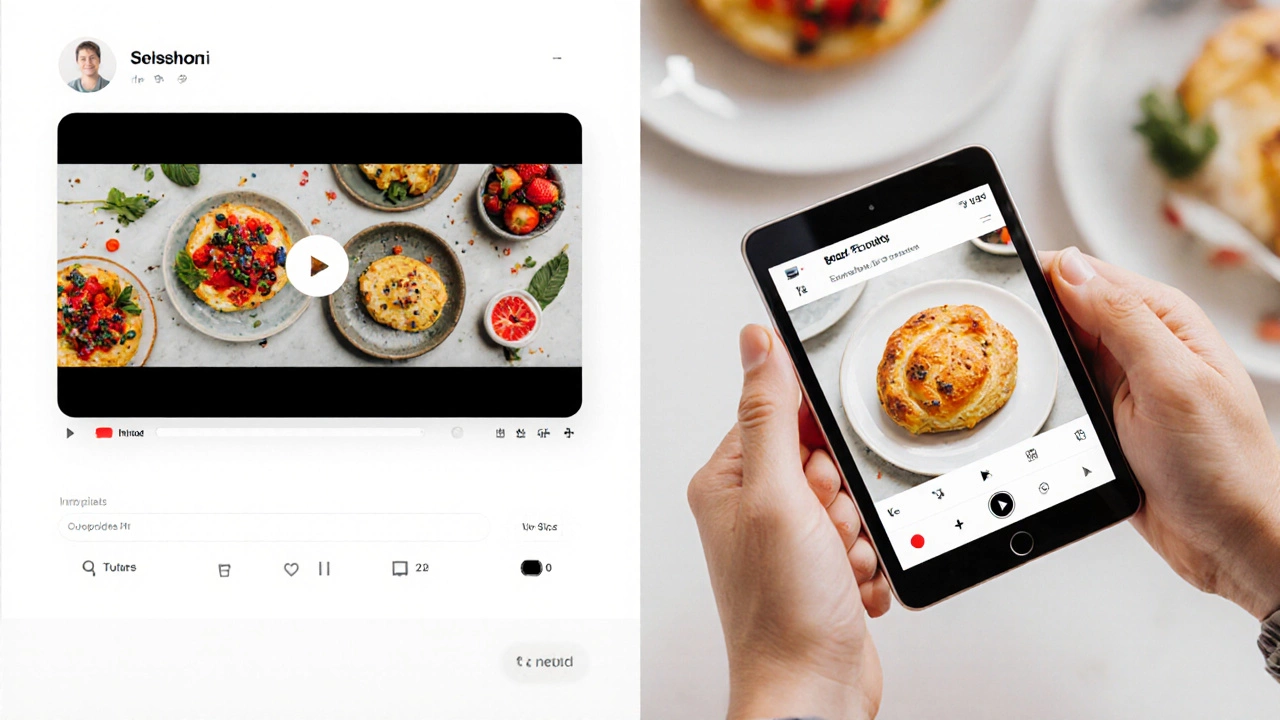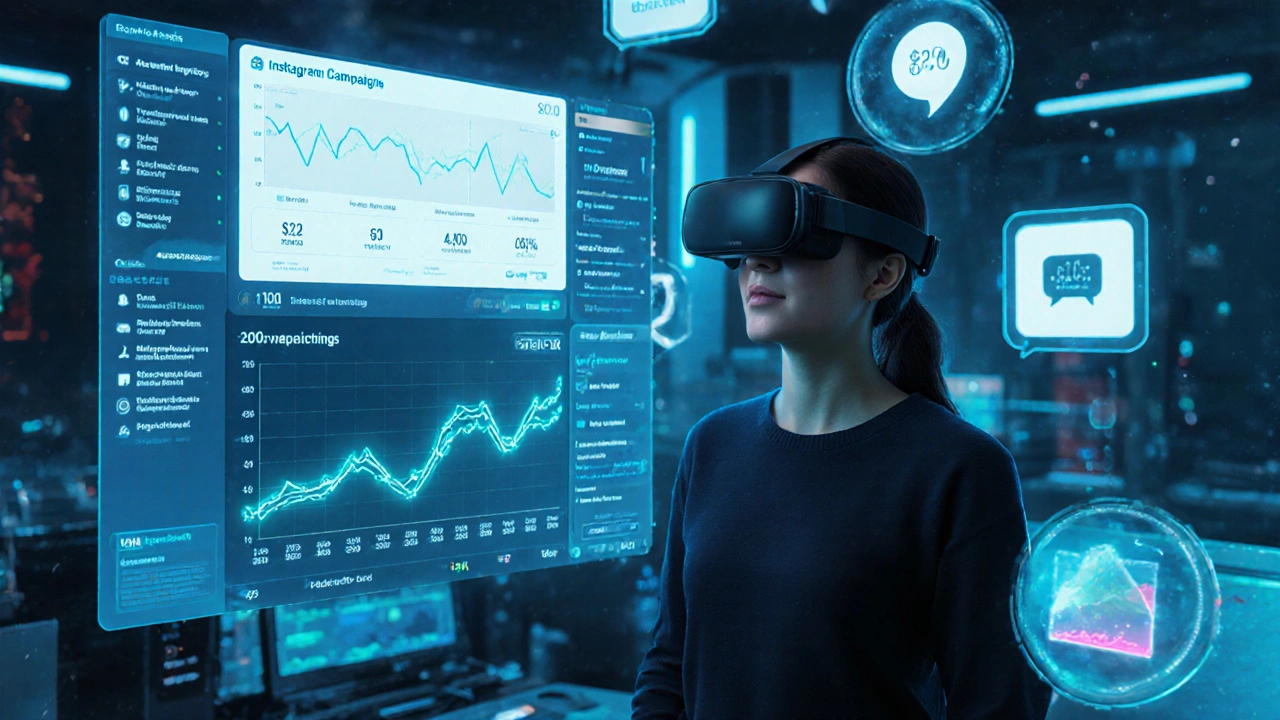Ever finished an online course and felt like you learned nothing, even though you watched every video? You’re not alone. Most people think eLearning is just clicking through slides and hitting submit. But real learning doesn’t happen that way. There’s a structure behind it - four clear stages that turn passive watching into real understanding and lasting change.
Stage 1: Engagement - Getting Learners to Care
The first stage isn’t about content. It’s about attention. If learners don’t care, nothing else matters. Think of it like walking into a classroom where the teacher starts reading a textbook aloud. You zone out. Same thing happens online.
Effective eLearning starts with hooks. A short video showing someone struggling with a skill - then succeeding after training. A quiz that reveals how little you actually know. A story from a real person who got promoted after finishing the course. These aren’t fluff. They trigger emotion, curiosity, or self-awareness.
Platforms like LinkedIn Learning and Coursera know this. Their homepage doesn’t show course outlines. It shows people like you - in offices, at home, on buses - transforming their careers. That’s engagement. It’s not about what’s in the course. It’s about making the learner ask: Could that be me?
Stage 2: Delivery - Making Content Stick
Now the learner is ready. Time to teach. But here’s the trap: dumping 40 minutes of lecture video and calling it done. That’s not delivery. That’s overload.
Good delivery breaks content into small, digestible chunks. Five-minute videos. Interactive simulations. Drag-and-drop exercises. Real-world scenarios with immediate feedback. Think of it like cooking: you don’t hand someone a whole recipe and expect them to make a five-star meal on the first try.
Research from the University of Melbourne shows learners retain 75% more when content is delivered in 5-8 minute bursts with a quick quiz at the end. That’s why platforms like Duolingo and Khan Academy use microlearning. You don’t learn Spanish by reading a grammar book. You learn by saying “Hola, cómo estás?” and getting instant correction.
Also, delivery isn’t just video. It’s reading, audio, discussion prompts, and even short games. The goal? Match the format to the skill. Need to learn Excel? Practice with real spreadsheets. Need to learn leadership? Role-play a difficult conversation.
Stage 3: Practice - Doing It Yourself
Watching someone ride a bike doesn’t make you ride one. Same with eLearning. Practice is where real skill is built - not just knowledge.
This stage is all about application. After learning how to write a budget in a finance course, learners aren’t asked to click “Next.” They’re asked to build their own budget using real numbers. After learning email marketing, they draft a campaign for a fake product - and get feedback.
Platforms that skip practice are just content libraries. The ones that win? They build labs, sandbox environments, and simulations. For example, Codecademy doesn’t just explain Python syntax. You write the code - and it runs. If you make a mistake, it tells you why. No waiting. No guessing.
Practice also includes peer review. In a marketing course, learners might critique each other’s ad copy. In a teaching course, they record a 2-minute lesson and get feedback from classmates. This isn’t optional. It’s the difference between knowing something and being able to use it.

Stage 4: Assessment - Measuring Real Growth
Most eLearning ends with a multiple-choice test. And most learners just memorize answers to pass. That’s not assessment. That’s a checkbox.
True assessment asks: Can you do this when it matters? A nurse doesn’t pass a test on CPR by selecting A, B, or C. They do it on a mannequin with a timer. A project manager doesn’t prove they can lead a team by ticking off a quiz. They manage a simulated project with budget cuts and team conflicts.
Modern eLearning uses performance-based assessments: capstone projects, live simulations, portfolios, and real-world tasks. For example, a course on Google Ads might require learners to run a $50 ad campaign and submit a report showing ROI. A leadership course might ask for a 360-degree feedback summary from colleagues.
Assessment isn’t just about grading. It’s about feedback. And the best systems give it in real time - not weeks later. AI tools now analyze video submissions for tone, clarity, and structure. Learners get a score and suggestions: “You spoke too fast in section 2. Try pausing after key points.”
Why Most eLearning Fails (And How to Fix It)
Companies and educators often skip stages 3 and 4. They think: “We made a course. People clicked play. Done.” But without practice and real assessment, learning evaporates. Studies show up to 80% of online course knowledge is forgotten within 30 days if there’s no application.
The fix? Build the four stages into every course - even a 10-minute one. Engagement: start with a problem. Delivery: break it into 3-minute chunks. Practice: give one small task. Assessment: ask for one output - a note, a sketch, a reply.
It’s not about length. It’s about structure. A well-designed 5-minute course beats a 2-hour lecture that ends with a quiz.

Real-World Example: How a Small Business Owner Learned Social Media Marketing
Sarah, a bakery owner in Melbourne, wanted to grow her business online. She signed up for a course on Instagram marketing. Here’s what happened:
- Engagement: The course opened with a video of another bakery that went from 200 to 10,000 followers in 3 months. Sarah thought: “I could do that.”
- Delivery: Each lesson was 4-6 minutes: how to take food photos, write captions, use hashtags. No lectures - just examples.
- Practice: After each lesson, she had to post one photo using the tips. She posted 7 photos over 7 days.
- Assessment: At the end, she had to run a $20 ad and track results. Her follower count jumped 40% in two weeks.
That’s not luck. That’s the four stages working.
What to Look for in an eLearning Platform
Not all platforms are built the same. Here’s what to check:
- Engagement: Does the course start with a story, problem, or challenge? Or just a syllabus?
- Delivery: Are lessons under 10 minutes? Is there video, text, audio, and interaction?
- Practice: Can you do something - not just watch? Is there feedback?
- Assessment: Is there a real task? Not a quiz. A project, a submission, a live test?
If a course skips practice or assessment, it’s not learning. It’s entertainment.
Final Thought: Learning Is a Process, Not a Product
eLearning isn’t about the platform. It’s about the journey. The four stages - engagement, delivery, practice, assessment - are the same whether you’re learning to code, cook, or lead a team. Ignore any of them, and you’re just spinning your wheels.
The best online courses don’t just give you information. They make you change. And that only happens when you’re pulled in, shown how, given space to try, and held accountable for results.
What are the 4 stages of eLearning?
The four stages are: Engagement (getting learners interested), Delivery (presenting content in digestible chunks), Practice (applying skills through hands-on tasks), and Assessment (measuring real performance, not just memorization).
Why is practice more important than watching videos in eLearning?
Watching videos builds awareness, but practice builds ability. Studies show people forget up to 80% of what they watch within 30 days if they don’t use it. Practice forces your brain to connect knowledge to action - like learning to ride a bike by actually riding it, not just watching someone else.
Can a short course have all four stages?
Yes. Even a 5-minute course can work: start with a problem (engagement), show a quick tip (delivery), ask the learner to try it once (practice), and ask them to report what happened (assessment). Length doesn’t matter - structure does.
What’s the biggest mistake in online learning design?
Skipping practice and assessment. Many platforms focus only on delivery - packing in videos and PDFs - and treat quizzes as the end goal. But quizzes test memory, not skill. Real learning needs doing, not just choosing.
How do I know if an eLearning course is well-designed?
Look for three things: Can you start the course and immediately see why it matters? Can you do something real after each section? Is there feedback on your performance, not just a score? If yes, it’s designed right.


